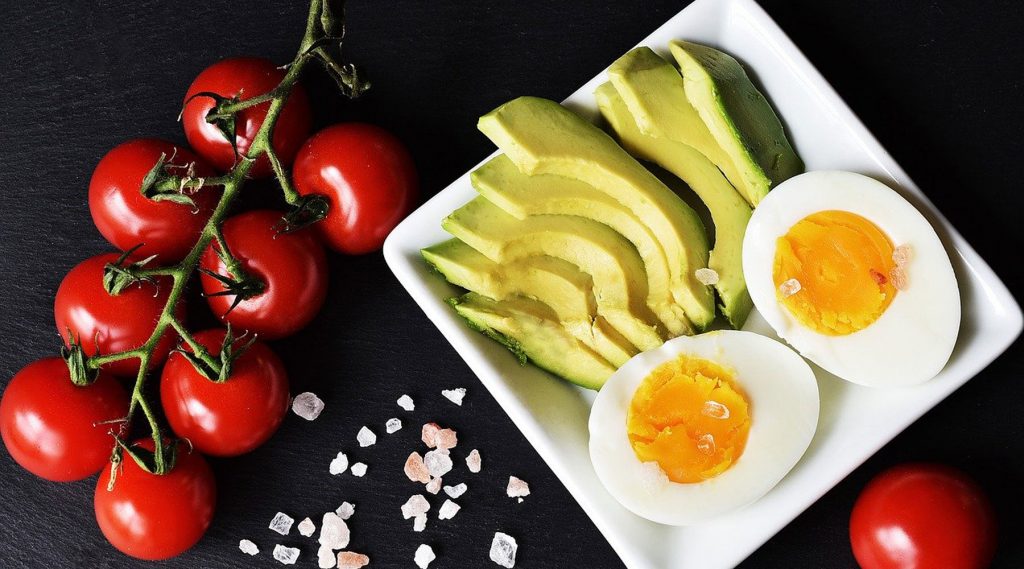PEMF complements any wellness regimen devoted to helping the body maintain its natural electrical balance. However, it’s not a one-and-done solution! Hydration and nutrition are among the most important ways to maintain your body’s electrical balance. It turns out that one of the keys to both hydration and nutrition is electrolytes.
What are electrolytes?
Electrolytes are negatively or positively charged ions such as sodium, potassium, calcium, phosphorus and magnesium. These are minerals that combine with fluids within the body. Oddly enough, electrolytes are not very productive until they come into contact with bodily fluids.
Most people think the essential role of an electrolyte is to carry an electrical charge from point A to point B. However, it’s actually to maintain fluid balance. Electrolytes fluctuate water in and out of the cell, causing the electrical charge to take place at either a faster or slower rate. As a result, the electrolytes help to create the electricity that effectively powers the body.
Because of this process, the amount of minerals we take in directly affects how much fluid our cells take in. With more potassium, magnesium, calcium, and sodium in the body, one will experience an influx of water coming into the cell. Conversely, a decrease in these electrolytes will produce an efflux of water out of the cell.
What happens without them?
Oftentimes, a decrease in certain electrolytes and the subsequent efflux of water out of the cell can throw the cell out of balance. When this happens, muscle contractions or cramps may occur as the cell is no longer able to send the correct signal to the brain to release the muscles. It’s important to consider that the heart has these same electrical signals. So, an influx or efflux of fluid within the cell may very well throw off the voltage for the entire body.
In this way, electrolytes balance the voltage system within the body. If the heart is working harder, there must be a stronger signal to the lungs and muscles so that the different systems can communicate properly. Essentially, the heart will tell the rest of the body how hard it is working to increase or decrease electricity. Then, the electrical system will respond much like an internal combustion engine with spark plugs keeping the fuel burning.
Which minerals?
Let’s take a pause to break down the minerals that become electrolytes in the body…
- Calcium, the most abundant mineral in the body, contributes to contractile tissue, strength, bone formation, clotting, and things that require a quick bout of tension.
- Sodium is the most abundant cation, which are positively charged ions outside the cell. This electrolyte is responsible for nerve signaling and works as a conduit, taking the energy from where it begins to where it ends.
- Potassium is the most ion in the cell with the highest charge It helps regulate fluid balance, muscle contractions, and nerve signals. A high-potassium diet may also help reduce blood pressure and water retention. In addition, sodium and potassium communicate with each other, since they are both positively charged and inside the cell. When they repel each other, water leaves the cell and, when they attract each other, water comes into the cell.
- Phosphorus makes up about 1% of your body weight. One of phosphate’s main responsibilities is digestion, working with the digestive system to break down proteins, fats and carbs. It also aids in protein synthesis which provides the body with energy to rebuild and renew.
- Magnesium is the 4th most abundant mineral in the body and perhaps the most important. Unfortunately, about 75% of adults consume less than the RDA of magnesium. Magnesium aids in muscle and brain relaxation. Like calcium tells a muscle when to tighten, magnesium tells it when to relax. It is also involved in blood sugar and blood pressure regulation.
Cool! How do I get them?
Below are lists of foods that are rich in each of the minerals your body needs to maintain an optimal electric charge. While this list is not exhaustive, it is a great starting point for curbing your diet to support your body’s electrical system.
Potassium
Vegetables:
- Artichoke
- Brussels sprouts
- Pumpkin
- Spinach
- Potato
- Legumes – lima, navy, pinto, and kidney beans
Fruits:
- Cantaloupe
- Banana
- Apricots
- Dried fruits
- Grapes
- Tomato
- Honeydew melon
- Prune juice
- Grapefruit juice
- Orange juice
- Peach
Meats, fish, poultry, peanuts, peanut butter, and eggs are often moderate-to-high sources of potassium.
Magnesium
Vegetables:
- Spinach
- Chard
- Broccoli
- Avocado
- Artichoke
- Squash
- Potato with skin
Fruits:
- Bananas
- Dried apricots
- Raisins
- Kiwi
- Prunes
- Watermelon
Fish:
- Halibut
- Pollack
- Tuna
- Crabmeat
- Salmon
- Bluefish
Seeds, Nuts, and Legumes:
- Peanuts, Almonds, and Cashews
- Baked beans
- Soy products
- Lentils
- Hummus
- Pumpkin seeds
- Tahini (sesame paste)
Calcium
Vegetables:
- Collard greens
- Broccoli rabe
- Kale
- Soybeans
- Bok Choy
- Broccoli
Dairy:
- Milk
- Yogurt – Regular, Greek, and Frozen
- Mozzarella, Cheddar, American, Parmesan, and Feta Cheese
- Cottage Cheese and Ricotta
- Ice Cream
Phosphorus
Meats and Protein:
- Organ meat such as Liver, Liver sausage, Liverwurst
- Sardines
- Summer sausage
- Bratwurst
Dairy:
- Milk
- Cheese
- Yogurt
- Ice cream
- Custard, pudding
- Eggnog
Beans, Grains, Seeds and Nuts:
- Lentils – Navy, Kidney, Pinto, Lima, Soybeans, Black-eyed peas, and hummus
- Bran, Bran products, and Wheat germ
*Often, whole grain products will have more phosphorus than white or refined grain products. However, whole grains provide many additional health benefits. - Peanut butter, Sunflower, Pumpkin and Sesame seeds












